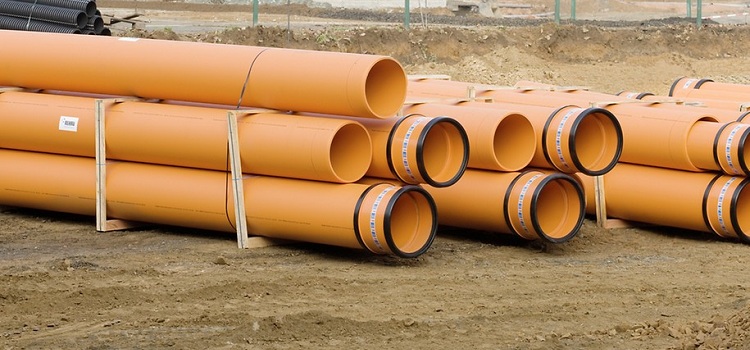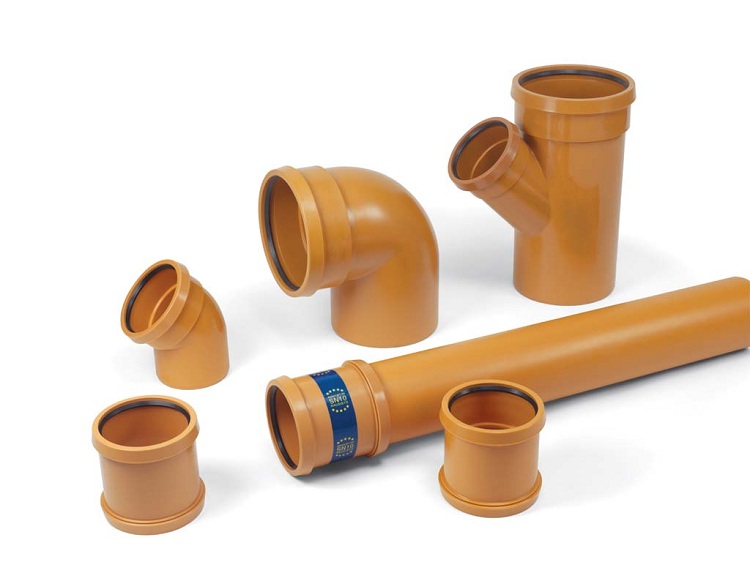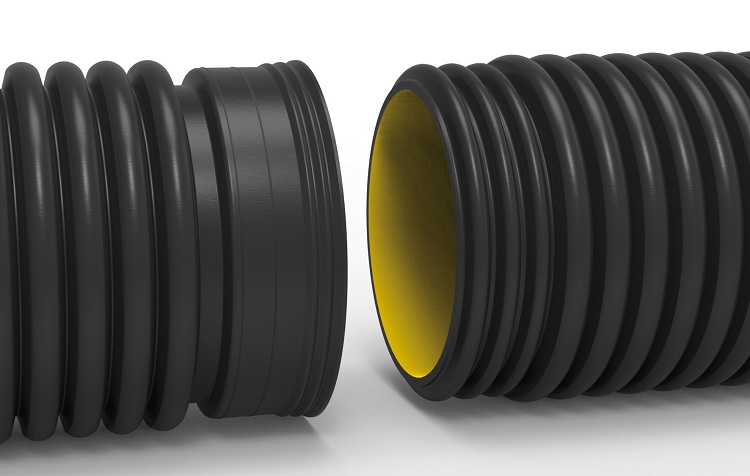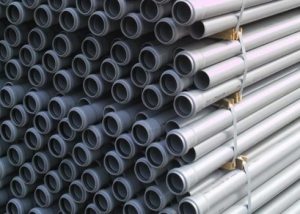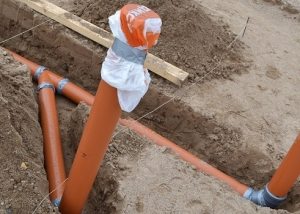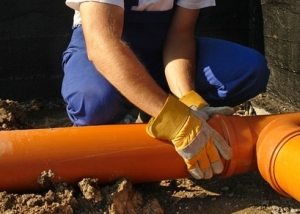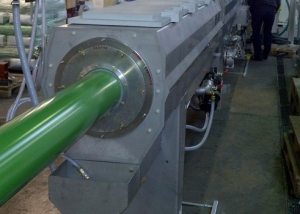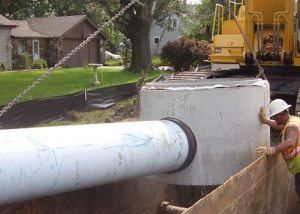Today, polymer pipes are used in various fields. Polypropylene sewer pipes are very popular. Such products are characterized by versatility and high inertia, so they are ideal for any drainage structures. In addition, a wide range of such parts allows you to choose the right elements for different communications.
Content
Features of polypropylene pipes for sewage
The low weight of these products simplifies transportation and installation. Compared to metal counterparts, they are incredibly convenient. Metal pipes for the same purposes, as a rule, weigh 10-15 times more. Connecting fittings for polypropylene sewer lines are quite cheap, even when compared with other polymer parts. Docking is also more affordable due to the ease of welding.
Polypropylene products are characterized by a low coefficient of electrical conductivity, therefore, even when laying in special environments (for example, solonchak soil) they will function without problems and will not fail over time. Also, these pipes are resistant to corrosion.
The smooth inner walls of the pipes do not allow debris to accumulate in the structure and prevent the formation of salt growths. Even with prolonged simple communication, the smoothness of the walls prevents the system from clogging. In addition, polypropylene products are resistant to aggressive substances. If necessary, you can carry out dry cleaning of the sewer network.
Benefits
Sewer pipes PP appeared relatively recently, but have already become widespread. This was made possible thanks to a number of advantages over pipes made of other materials.
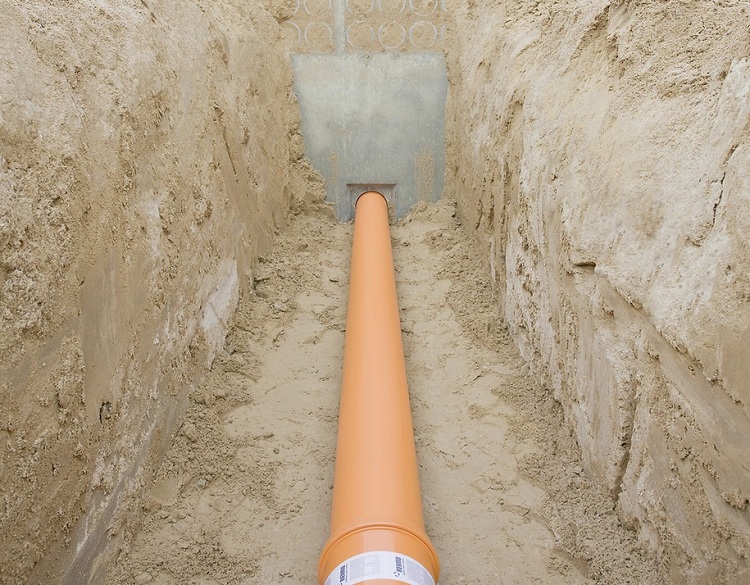
The high strength of the PP pipes allows them to operate for a long time even under heavy loads, for example, underground
The main advantages of PP products:
- no need for painting;
- lack of need for thermal insulation of the structure;
- operating temperature 95 ° C;
- resistance to corrosion;
- low electrical conductivity;
- resistance to active chemicals;
- sound insulation;
- smooth walls;
- light weight;
- ease of installation;
- durability (up to 50 years);
Important! However, like any product, polypropylene pipes have some disadvantages. When installing communication, special nozzles are required. This is due to the thermal expansion of the parts. In addition, increasing the temperature in the system can harm polypropylene elements.
Varieties of fittings for polypropylene sewer
The range of polypropylene fittings for sewage is quite diverse. Consider the main, frequently used parts:
- Removable bell. It is used, as a rule, on pipes with a cross section of 310 mm or more. The function of this element is to provide a bell joint.
- Adapter pipe. Thanks to this detail, pipes with different diameters are docked.Such elements are indicated by a letter and two numbers that correspond to the diameters of the products (for example, ∅ 50/75).
- Elbow (bend). This connecting element allows the joint of two pipes at different angles. The elbow marking indicates the letter, the diameter of the product to be joined, and the angle at which the connection occurs (e.g. ∅ 50/45).
- Coupling. Connection using these blanks eliminates the use of sockets. The ends of the couplings are equipped with special extensions, due to which the connection occurs.
- Tee. Allows you to connect three pipes. There are tees with different sections, so you can dock products with different diameters.
- Cross piece. A connecting element with which four pipes are combined. They can also be with different cross-sections.
Technical characteristics of sewer PP pipes
As you know, the manufacture of metal products is regulated by GOST parameters. The production of polypropylene products, in contrast to them, is regulated by technological documents. First of all, all polypropylene pipes are divided into:
- for pressure sewer
- for non-pressure (gravity).
PP non-pressure sewer pipe may vary in diameter (from 16 to 2000 mm). Pipes with a diameter of 2000 mm are used for laying external sewage. The most common diameters are 50 and 110 mm. The first products are used in domestic internal communications, and parts with a cross section of 110 mm are used for docking with the riser system. The length of such parts can vary from 2 to 12 meters.
Note! Polypropylene pressure sewage has a larger assortment. In some cases, products for a pressure system are used in the installation of gravity structures.
Diameters of pressure elements can be from 32 to 1600 mm. The length of such pipes can exceed 12 m. For pressure systems, as well as for pressureless, the most popular are section sizes 50 and 110 mm.
Characteristics of PP pipes for domestic sewage are presented in table 1.
Table 1
| Mm | Length mm | Wall thickness mm | Weight kg |
| 32 | 250–2000 | 1,8 | 0,16 |
| 40 | 250–2000 | 1,8 | 0,20 |
| 50 | 250–2000 | 1,8 | 0,26 |
| 75 | 250–6000 | 1,9 | 0,41 |
| 110 | 250–6000 | 2,7 | 0,86 |
In addition, it is customary to divide all sewer pipes according to the type of wall into:
- smooth;
- corrugated.
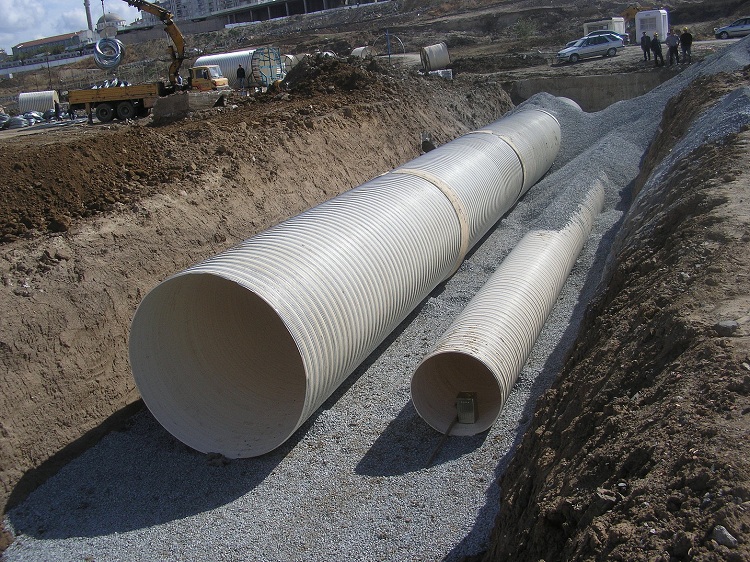
Corrugated pipes are stronger than smooth pipes, therefore they are used in highways operating in difficult conditions
Corrugated tubes are incredibly durable elements. They are used for the installation of structures that are designed to transport wastewater in large volumes. They are also indispensable for laying communications in difficult conditions. In addition, corrugated pipes are resistant to mechanical stress.
Mounting options
There are several options for installing PP pipes for sewage. Namely:
- Installation with sockets.
- With the use of welding.
- Coupling connection.
Helpful information! Installing a sewer structure is not a very difficult task. In order to cut the parts into the necessary parts, you can use an ordinary knife.
The bell-shaped connection is the most popular and widespread in the installation of sewer communications.
Joining of individual elements of the pipeline by welding requires a welding machine. During welding, under the influence of high temperature, the ends of the pipes are brazed together, as a result of which a strong one-piece connection is formed. This is a very convenient option, however, the dismantling of such a design is impossible without damage to the pipes. It is important to remember that the use of welding implies the presence of additional shaped products: bushings, plates.
An external sewer pipe, as a rule, is mounted using special couplings that provide reliable, socketless coupling of individual elements.If corrugated pipes are used in the installation of sewer networks, then their installation is carried out using special sliding elements. This design has a high tightness due to the fact that it uses additional rubber seals.
Consider the stages of installation using bell-shaped connections:
Installation of a sewer pipeline by a bell-shaped method is carried out in several stages. These steps are the same for both smooth and corrugated tubes:
- First, a pre-measured pipe section is cut off. The cutting angle must be strictly 90 ° C.
- Next, the slice should be machined to a bevel with an angle of 45 ° C.
- The resulting segment must be positioned so that the bell of the second pipe is opposite it.
- Next, it is necessary to install a rubber rubber ring in the bell.
- At the last stage, you need to insert to dock the received parts. It’s worth the effort
Note! In case you need to carry out the coupling of several parts at different angles, a variety of fittings are used. Fittings can be installed using special glue.
Thanks to this type of joining of sewer pipes from polypropylene, reliable and durable joints are obtained. Easy installation makes this type of installation the most popular. In order to perform installation work, you do not need to have special construction skills. It is enough to follow the above instructions.
Storage and transportation of PP pipes according to GOST
Storage of products from PP should be subject to several important rules:
- the warehouse in which these products are stored must be unheated;
- storage should exclude direct sunlight on polypropylene products;
- in the case of using heating devices, the distance from them to the PP parts should be at least 1 meter.
- the height of the bundles in which the parts are stored should not be higher than 1.5 meters.
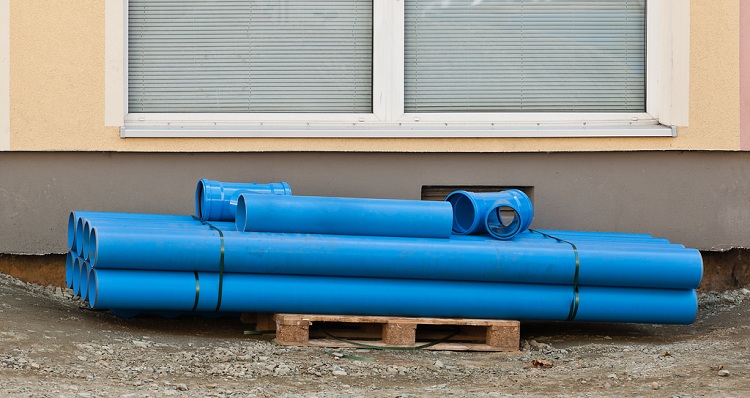
Polypropylene pipes should be stored in compliance with all the rules and conditions specified by GOST
PP parts are transported by any type of transport suitable for this. It is allowed to transport the product’s PP only at air temperatures above –10 ° C. Products must be labeled and meet all technical specifications. In addition, appropriate quality certificates must be attached to the products.
When choosing sewer pipes from PP, it is recommended to familiarize themselves with their technical characteristics. The range of these products is incredibly wide and each of them has its own characteristics. Today, polypropylene parts are an excellent solution for the installation of sewer structures of the external and internal type. Such systems are reliable and, when properly installed, have a long service life.
